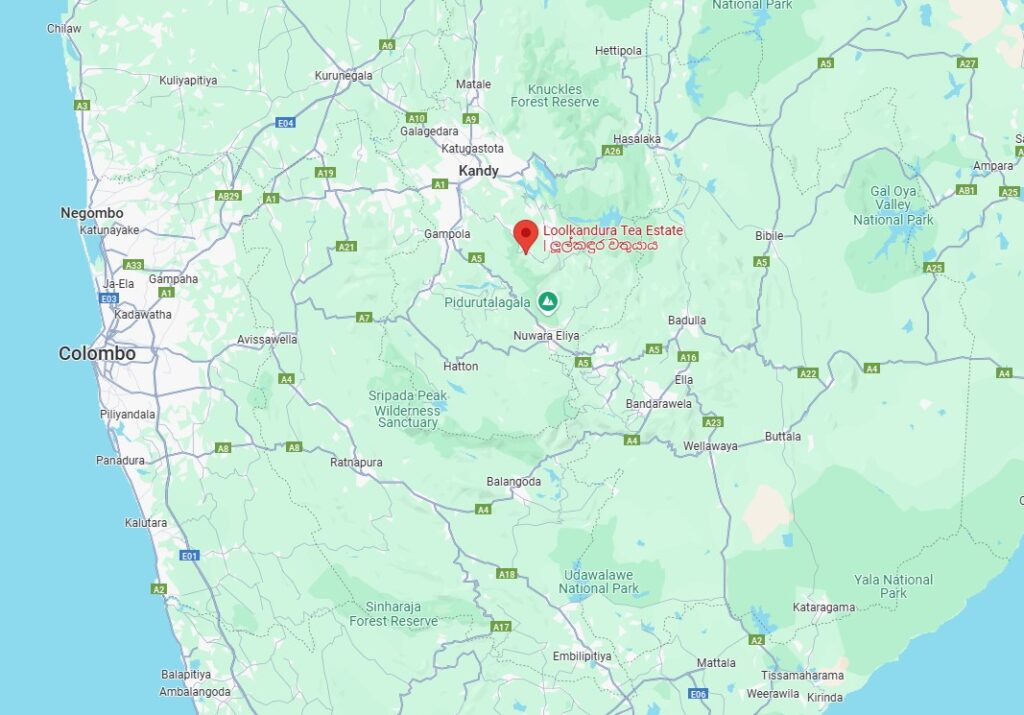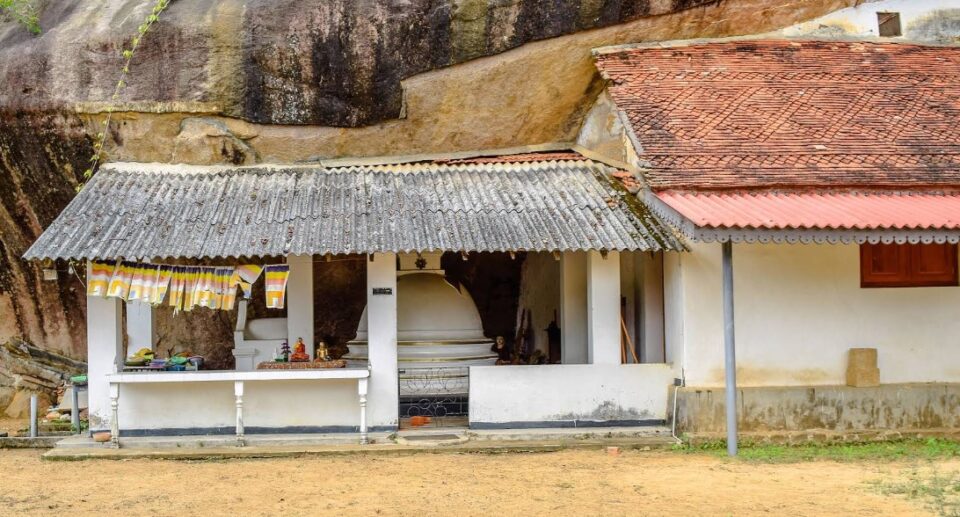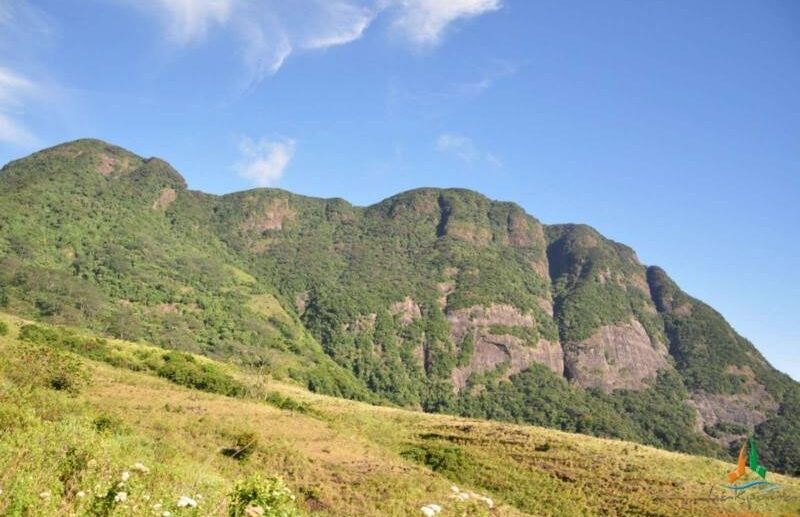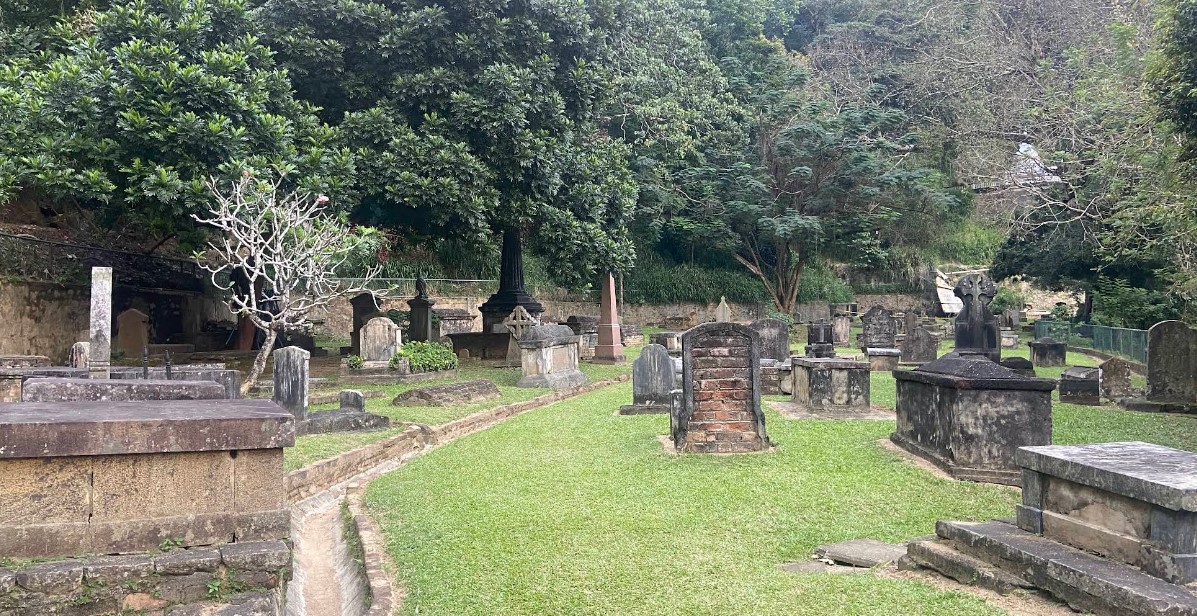Loolkandura Tea Estate: The Birthplace of Ceylon Tea
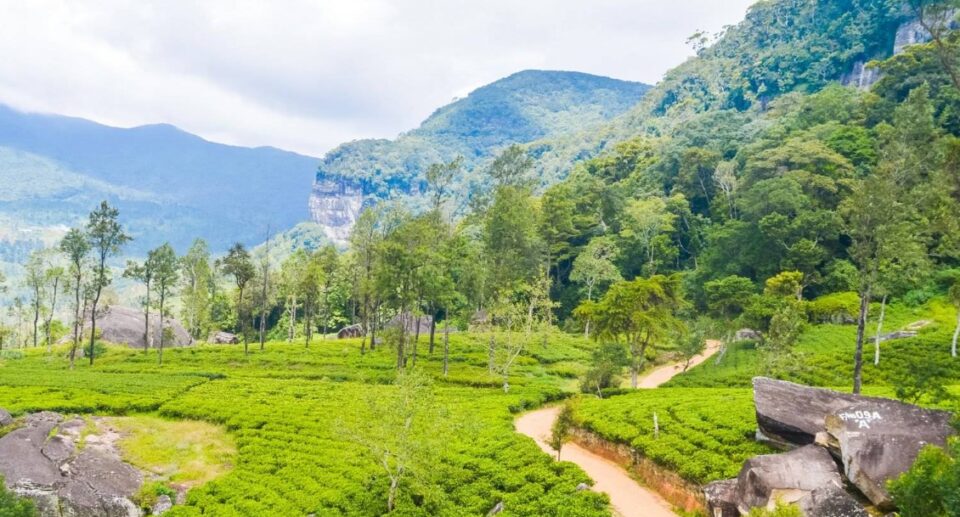
Located in the very heart of Sri Lanka’s central highlands, Loolkandura is a small village in the Kandy District, which is part of the world-famous Kandy-Digana region. Though not very famous on the international tourist map, Loolkandura is a place of tremendous historical significance, natural beauty, and cultural heritage. The region is famous for tea estates, beautiful landscape, and colonial-era history with Sri Lanka’s tea industry. The origin of the place name “Loolkandura” is in Sinhala language, and the word “Lool” refers to “wind” while “Kandura” is equivalent to “hill or mountain,” which reflects the windy and mountainous landscape of the region.
Historically, Loolkandura is of great importance because it is associated with the origins of Sri Lanka’s tea industry, which remains one of the country’s most important economic industries today. The area has some of the oldest tea plantations that were established during the British colonial period, and it is where the foundations of modern Sri Lankan tea were laid.
Historical Significance: The Birth of Sri Lankan Tea Industry
Loolkandura holds a special position in Sri Lanka’s history because it was where the first profitable tea plantation had been established. James Taylor, a British tea planter, established the world’s first commercially successful tea plantation at Loolkandura Estate in 1867 that started the march of Sri Lanka to become a leading tea nation in the world. Taylor had been experimenting with tea growing in the country for several years, and his experiment at Loolkandura succeeded, resulting in large-scale development of tea estates in Sri Lanka.
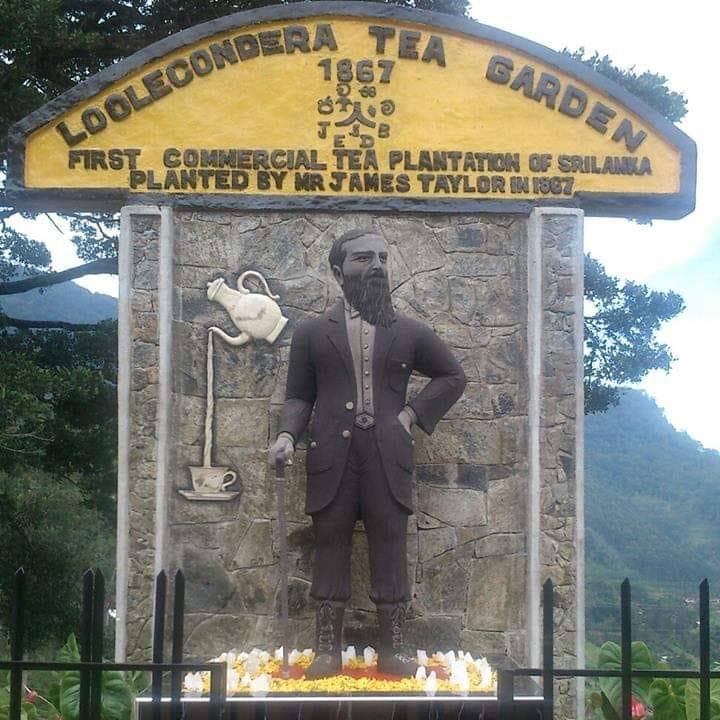
The establishment of the Loolkandura Estate was a landmark in the agricultural and economic history of Sri Lanka. The economy of Sri Lanka had almost depended on the cultivation of coffee before the development of tea. But the coffee disease of the mid-1800s, which devastated coffee crops, was enough to prompt a shift towards tea farming. Taylor’s accomplishment in cultivating tea at Loolkandura not only provided the British colonial administration and plantation companies with a viable crop but also set the stage for the rapid growth of the tea industry in the following decades.
As the demand for tea grew, the Loolkandura Estate was further extended and other estates were established in the central highlands of Sri Lanka in the districts of Nuwara Eliya, Kandy, and Hatton. The establishment of estate brought vast socio-economic changes, including the influx of enormous amounts of Indian workers who would work in the plantations. The migration contributed towards establishing the multiracial population base in the hill country.
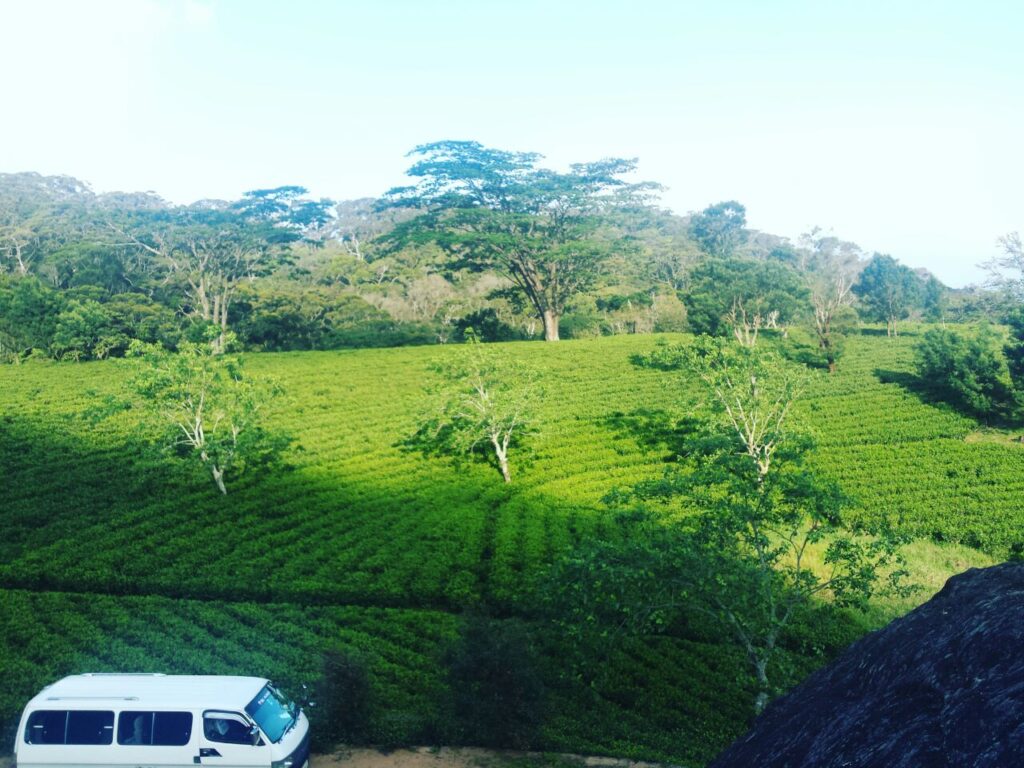
The Tea Estate and Plantations
Loolkandura Estate still operates to date and is among the oldest tea estates in Sri Lanka. The estate takes up a huge tract of land in Sri Lanka’s central hills, between about 1,000 and 1,200 meters above sea level. The high altitude combined with cool weather in the area, suitable soil, and heavy rainfall provide an ideal situation for tea production.
The estate is renowned for manufacturing the finest quality Ceylon Tea, which is shipped worldwide and credited with its distinctive taste profile, which is dependent on the altitude and microclimate of the plantation. The tea grown in Sri Lanka’s highlands, especially at places like Loolkandura, is ranked as one of the finest in the globe. The industry remains a major economic contributor in Sri Lanka, and estates like Loolkandura form part of the country’s history in tea.
Besides the traditional practice of tea cultivation, Loolkandura Estate is also renowned for its aged colonial-era bungalows and structures that bring to mind the pomp of the British colonial era. The planters’ bungalows which speckle the estate reflect this legacy, and they provide an indication of the lives of the British planters who controlled the workings of the estate during colonial times. Several of these bungalows continue to be used today and are rented out quite regularly to travelers who want something different and historical in the heart of Sri Lanka’s tea landscape.

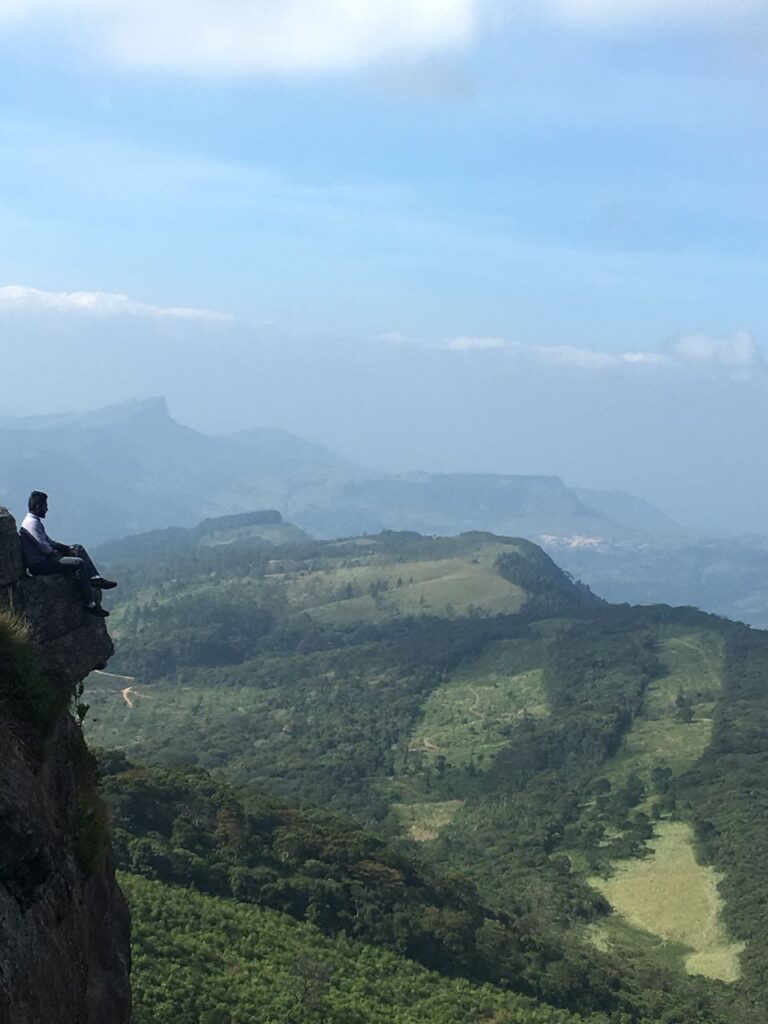
The Scenic Beauty of Loolkandura
Loolkandura, in the heart of Sri Lanka’s central highlands, offers visitors a stunning scenery of green tea plantations, rolling hills, and misty mountains. The region lies within the larger Kandy District, which is renowned for its picturesque landscapes, typically wrapped in mist and shrouded in cool, crisp air. Loolkandura’s scenery is particularly stunning, with tea gardens climbing up hill sides, interspersed with small streams and waterfalls.
The estate is also sprinkled with several nature reserves and forests, hence heaven for nature enthusiasts who engage in hiking, bird-watching, and photography. The surrounding mist, combined with the vibrant green of the tea plantations, provides one with an otherworldly experience as if they have been brought back in time to the days when the British colonizers started establishing these estates.
Victoria Reservoir, located just close to Loolkandura, is also responsible for the natural splendor of the location. The reservoir created by Victoria Dam offers scenic landscapes and is an integral source of water for the nearby tea gardens. Local travelers may also enjoy boat rides across the reservoir, take a stroll along surrounding nature walks, or simply view the stunning landscape of surrounding hills.
Cultural and Social Aspects of Loolkandura

Loolkandura’s cultural identity is directly linked with the tea estates and the British colonial era. Despite the influence of colonialism being reflected in the architecture and infrastructure, the indigenous community has left a profound mark on the identity of the area. The Tamil plantation community, who were first brought over from India as plantation workers, have contributed extensively to the indigenous population. These workers and their children over the years have created their own unique cultural identity, blending Tamil traditions with native Sri Lankan practices.
The working conditions of the workers in the tea plantations were historically strenuous, with the provision of long working hours and low wages. However, over time, the labor rights activism and political changes led to the improvement of the working conditions. Today, the descendants of those initial workers continue to have an integral role in the operations of the tea estates.
The tea plantations also sponsor local festivals and events, with several cultural and religious festivals being held throughout the year. Both the Tamil and the Sinhalese populations can be witnessed to be present in these events, with traditional food, music, and dances showing the multiculturalism of Sri Lanka’s hill country.
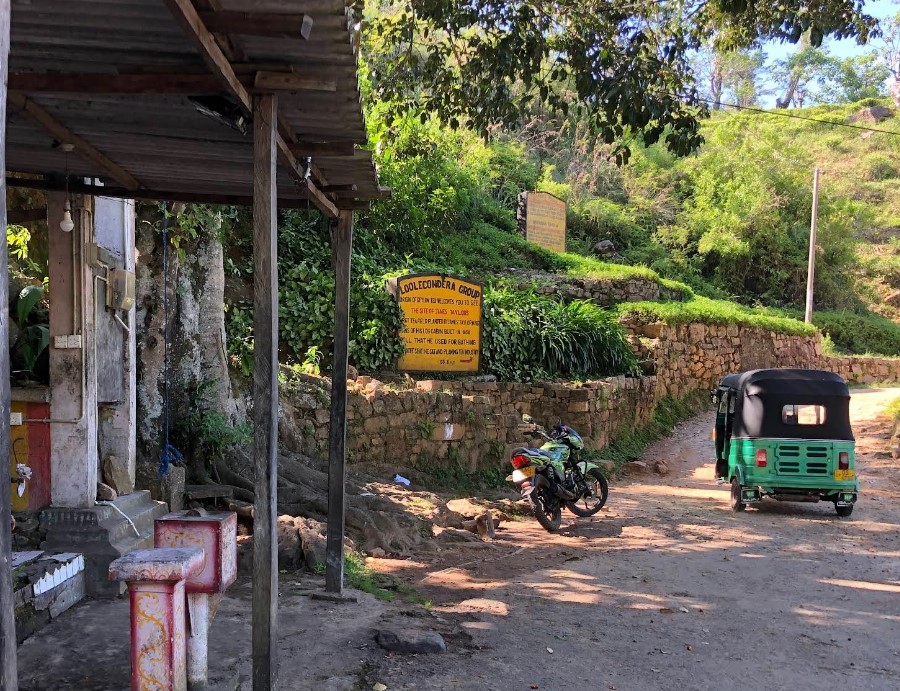
Tourism and Visiting Loolkandura
Journey to Loolkandura Tea Estate, located in the central highlands of Sri Lanka, is a scenic and exciting journey that will allow you to absorb the beauty of Sri Lanka’s tea country. The tea estate is located near Digana, in the Kandy District, and is accessible by road comfortably. Here is how you can go about traveling to Loolkandura Tea Estate:
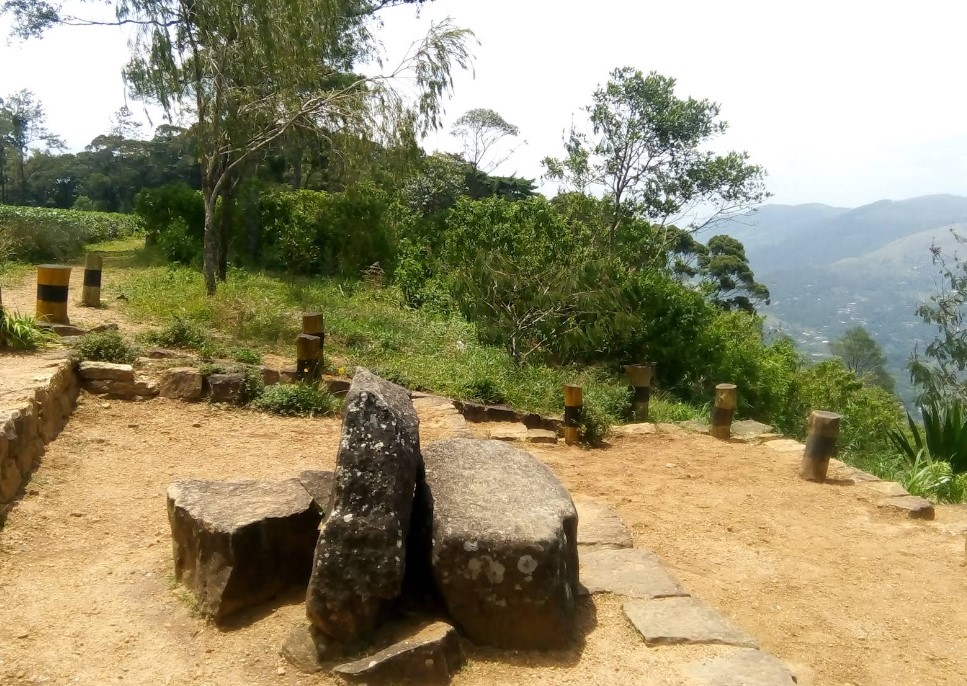
Start from Kandy:
The easiest and most common method of getting to Loolkandura Tea Estate is by beginning your trip from Kandy, the cultural capital of Sri Lanka. Kandy is a central city well linked with other major cities and towns of Sri Lanka.
Distance: Loolkandura is approximately 20 kilometers (12 miles) from Kandy.
Travel Time: Depending on the traffic and road conditions, the trip typically takes around 30 to 45 minutes by car.
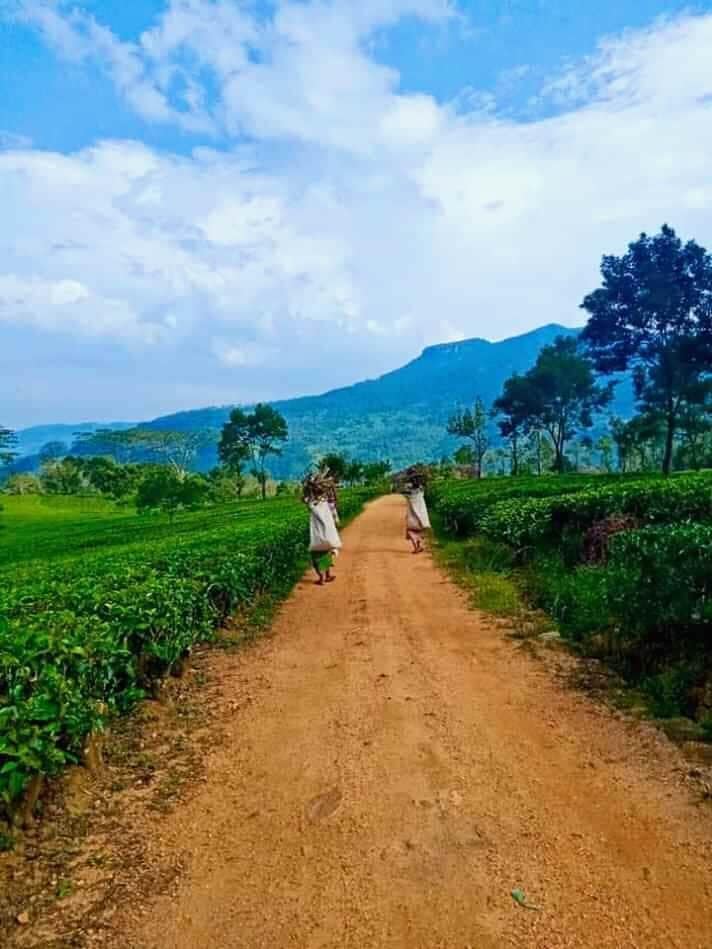
Directions from Kandy:
From Kandy, you’ll need to head towards Digana. Take the Peradeniya Road (A1) heading west towards Peradeniya. From Peradeniya, take the A1 road, passing the Victoria Reservoir and the Victoria Dam, a prominent landmark near Loolkandura. The journey is scenic through dense greenery, tea estates, and undulating terrain. Along this route, you will start seeing signboards to Loolkandura or the nearby tea estates, which can lead you to your final destination.
Once you’re close to Loolkandura, the final leg of the journey will be on narrower roads winding through tea estates and hills. The area is known for its steep slopes and winding roads, so it’s advisable to drive cautiously.
Public Transportation:
Although there is no public transportation directly to Loolkandura Tea Estate, it is possible to go by bus or tuk-tuk from Kandy to the nearby towns of Digana or Peradeniya, and then hire a local tuk-tuk or taxi to the tea estate.
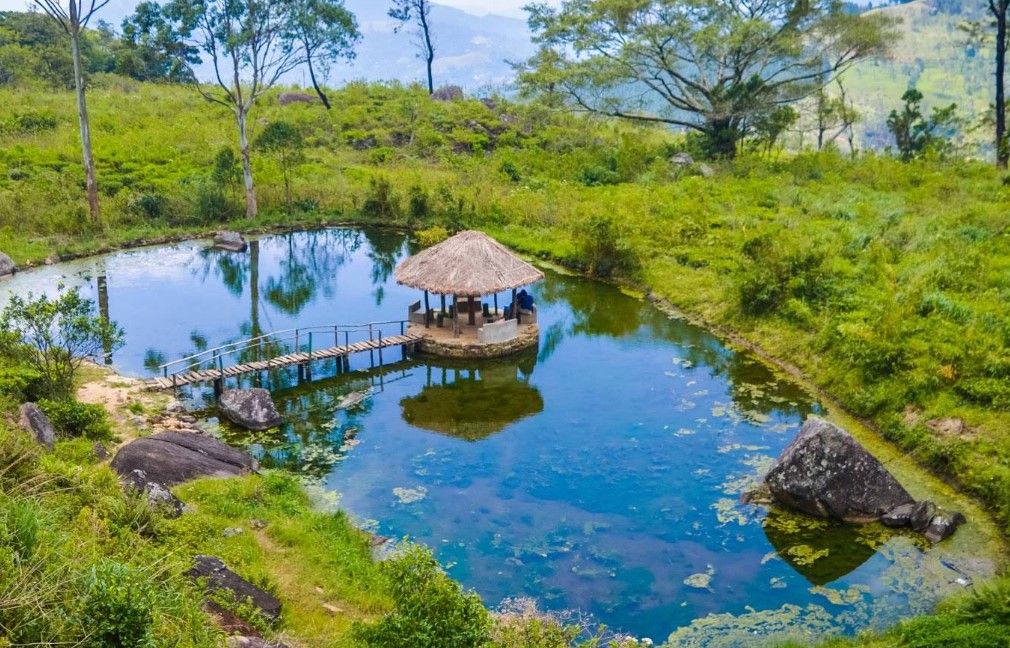
Bus: You can take a bus from Kandy to Digana. Buses run fairly frequently on this route, and from Digana you can either rent a tuk-tuk or arrange a local ride.
Tuk-Tuk: From Peradeniya or Digana, the easiest way of reaching the estate is to rent a tuk-tuk. Make sure you inform the driver of the exact destination, as some of the paths to the estate may be narrow and not very well signposted.
Private Vehicle or Taxi:
The most convenient and comfortable way to reach Loolkandura Tea Estate is to book a private vehicle or taxi from Kandy. You can do this in advance either through your travel agent or at your Kandy hotel. This will give you a more direct route and allow you to enjoy the drive without worrying about directions.
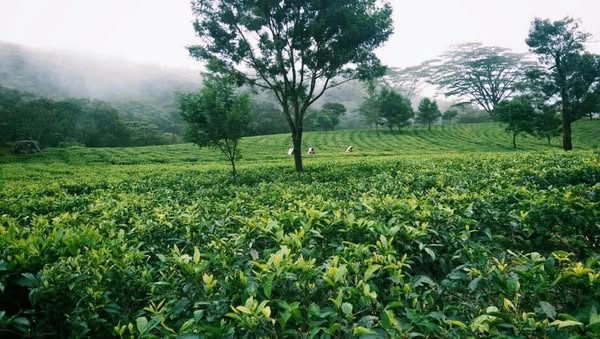
Travel Guide:
Road Conditions: Narrow and winding roads are to be expected in the hill country. There are steep roads, and caution should be exercised when driving, especially if you are not used to the roads.
Weather: Weather in the central highlands is cool and misty, especially in the morning or evening, so a light jacket or sweater should be packed.
Local Guides: Having the services of a local guide would be handy to take you through the estate, assisting especially if you want to know about the history of the plantation and tea industry.
Accommodation: If you wish to overnight in the area, various planter’s bungalows and ecolodges near Loolkandura Tea Estate offer a choice for experiencing the hill country scenery and tea plantation life.
